


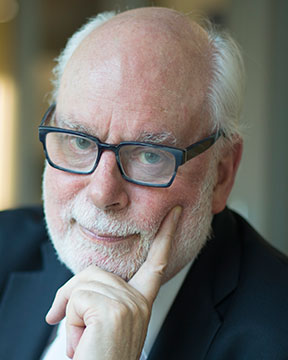
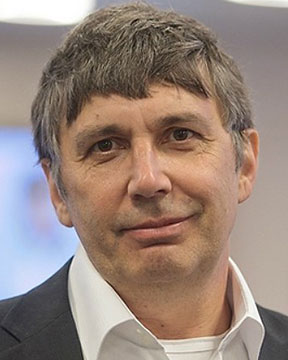
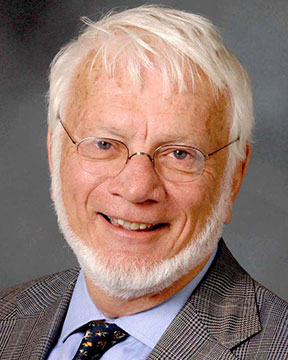
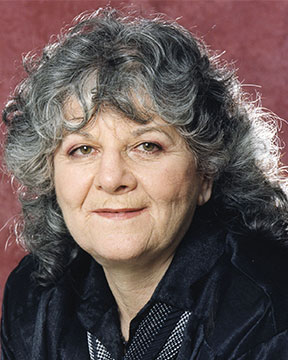
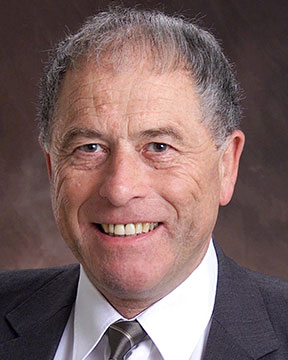












 |
Tamas UngarUniversity of ManchesterX-ray And Neutron Diffraction For Characterizing Microstructure Zehetbauer International Symposium on Science of Intelligent and Sustainable Advanced Materials (4th Intl. Symp. on Science of Intelligent and Sustainable Advanced Materials (SISAM)) Back to Plenary Lectures » |
Abstract:Materials performance depends on the microstructure. Different electron microscopy techniques characterize microstructures almost perfectly and comprehensively, but there are still issues hidden from the scrutiny of electron microscopy: residual and internal stresses [1,2]; load partitioning [1-3]; strain fields [4]; very small lattice defects [5]; bulk average quantitative density numbers [6-8]; and others. Diffraction peak broadening or line profile analysis proves to be a valuable tool complementing electron microscopy for characterizing and quantifying these issues [9]. Modern line profile analysis procedures are based on physically modeled profile functions of different microstructural elements [7,9-11]. In a recent development, the Marquard-Levenberg analytical method has been combined with a special statistical Monte-Carlo procedure, providing global optimization of the physical parameters of microstructure properties [12]. We shall cover the correlation between TEM or X-ray determined dislocation densities in plastically deformed single crystals [1,2,6], in high pressure torsion deformed Ta and Nb [13]; the long range internal stresses in dislocation cell-structures [1,2,6,14], lath martensite steels [3], or the planar defect structure in high temperature sintered SiC [15]. It will be shown how the synergy between electron microscopy and line profile analysis adds to a more comprehensive characterization of substructures. The synergy between the two techniques renders a more complete understanding of both the qualitative and quantitative properties of microstructure elements in terms of dislocation types and densities, dipole character of different dislocation arrangements, internal stresses, or planar defect densities [1-15]. |
|